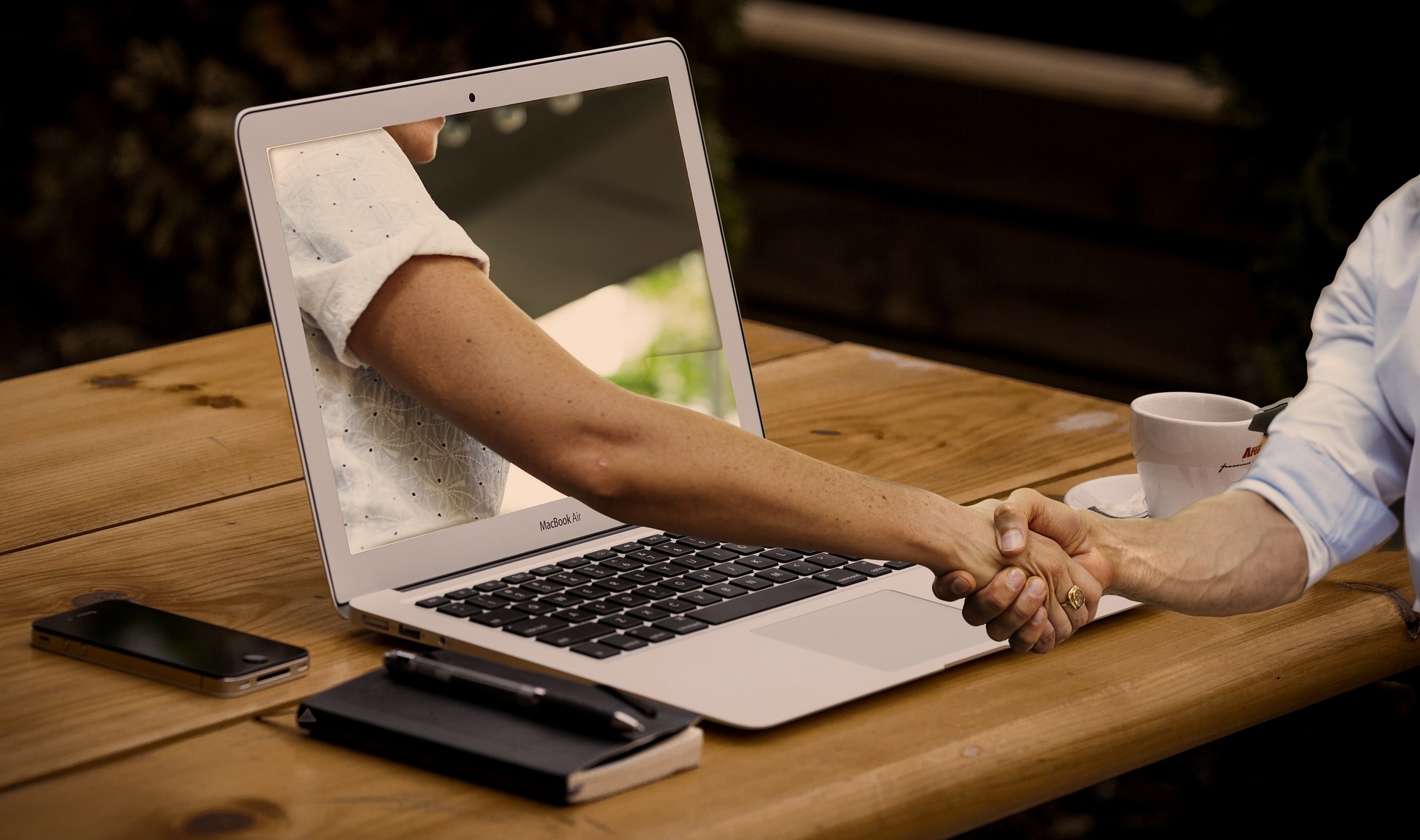
09 Apr Covid-19: The Remote Worker Revolution
While we stay at home saving lives from our sofas, there is a revolution happening across our workscapes. It began with a scramble to set up remote working, quickly led to new rhythms to coordinate workflows, and has challenged us to find innovative ways to build camaraderie among colleagues while we’re apart.
Many employees are starting to question why they had to go into the office in the first place. And business managers are looking at their commercial rent bills, scratching their heads. In the post-Covid-19 world, could office life as we know it be redundant?
It’s been reported in the press that Twitter’s head of HR said in a message to staff: “Overall, working from home doesn’t change your day-to-day work, it just means you’ll be doing it from a different environment.” It’s a nice thought, but if you work with other people, as most of us do, it doesn’t acknowledge the fundamental shift in the way workplaces operate.
There are the obvious benefits of removing our daily commute. The humorous bonus of dogs, cats and children wandering into video calls. The handy ability to put ourselves on mute. But most significantly, we are missing a whole lot of whanaungatanga (connection).
In a face-to-face interaction with just one person you can exchange up to 10,000 nonverbal cues in less than a minute. That includes movement, body orientation, nuances of the voice, facial expressions, dress, and choice and movement of objects that communicate. In New Zealand’s current Alert Level 4 state where we must stay home, our social and emotional intelligence is impacted, and it becomes harder to act on our instincts.
Without our traditional co-located workspaces, we cannot pick up on cues around us. Our visibility across the business is greatly diminished and for leaders, this is a huge risk not only to productivity, but to clarity, collaboration, morale, and employee wellbeing. Put simply, while employees are out of sight, we still need to keep them in mind.
But it’s not all bad. Disruption is uncomfortable, but it is also the space where discovery, innovation and creativity happen. The gig economy proved it could work in practice, but Covid-19 has forced the hand of organisations that have previously resisted change, finally offering the opportunity to build a culture that allows long-overdue work flexibility. The distributed work revolution is here.
For those who already advocate for remote and flexible working, we know that organisations that embrace and actively encourage flexible and remote working help to remove barriers to employment for many people. This includes people who are restricted with mobility or other disability, working parents, or simply situations where the outdated 9 to 5 work pattern doesn’t fit. Flexible working levels the playing field for those who can’t compete with the presenteeism of their contemporaries.
In the post-Covid-19 world, we must learn from our experiences and reflect on the abilities of our people to adapt and find new ways of working. Co-working, 50/50 time in office and remote, job sharing, and distributed workspaces could and should become commonplace in our future workscapes, if we want to strike a balance between flexibility, sustainability, connectedness, and equal opportunity.